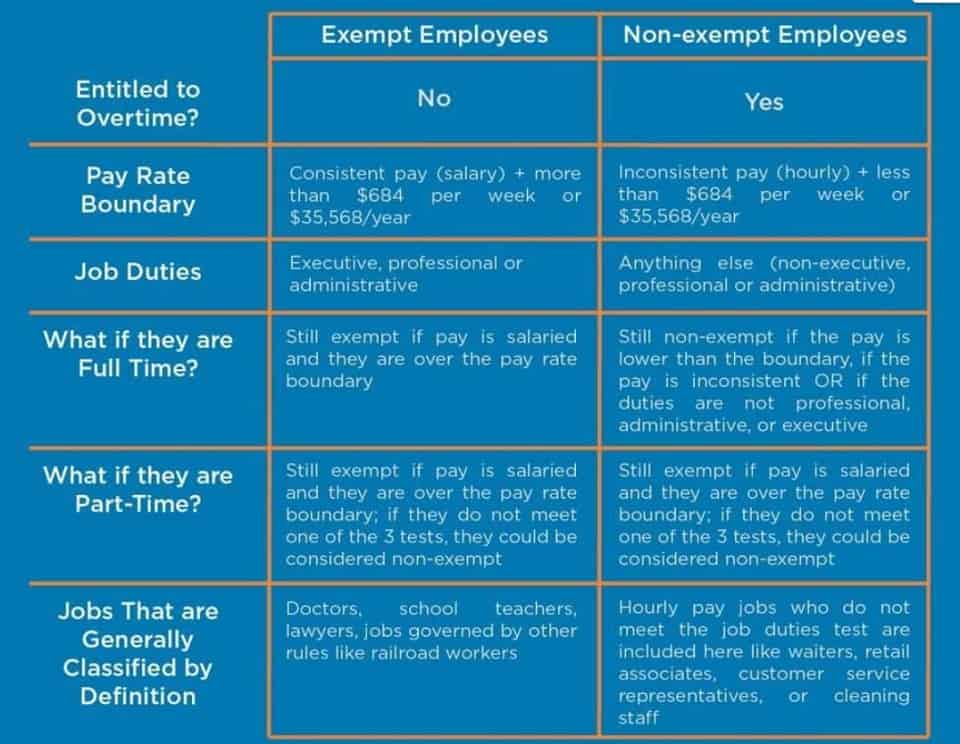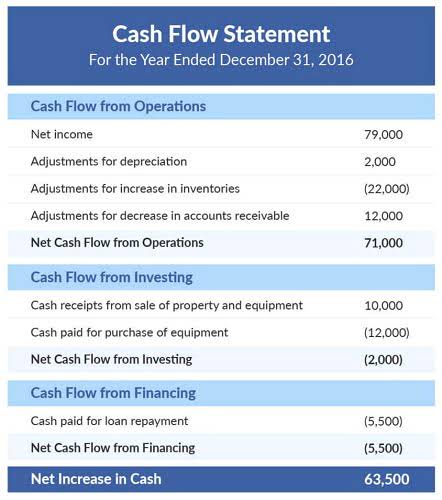
A credit memo (or credit memorandum) is a financial document issued by the seller to the buyer, indicating a reduction or refund in the amount owed by the buyer. It is typically used as a correctional document to reduce the amount owed due to errors, price adjustments, or returns in sales transactions. Credit memos are essential to maintain financial records and customer relationship management.
- Now that we understand the importance of credit memos, let’s explore the key differences between credit memos and invoices.
- Credit memos play a crucial role in the banking industry, providing a formal documentation of positive adjustments made to a customer’s account balance.
- Chartered accountant Michael Brown is the founder and CEO of Double Entry Bookkeeping.
- Thus, in this blog, we will discuss the types of credit memos and credit memo features.
- If there are covenants, clearly explain what is required and how those will be monitored.
- In response, the seller issues a credit note to the buyer confirming the approval of the credit or refund for the returned goods.
Components and Format of Credit Memo

It is important https://x.com/BooksTimeInc to note that a credit memo is different from an invoice. While an invoice is a document sent by the seller to the buyer requesting payment for goods or services, a credit memo is issued to reflect a reduction in the amount owed. Think of it as the opposite of an invoice, where instead of requesting payment, the credit memo acknowledges a credit or refund. A credit memo is a written document issued by a seller to a buyer, indicating that the seller has approved a credit or refund for a specific amount.
Credit memo vs. debit memo
Credit memos play a vital role in accounting, providing several important benefits for businesses. Let’s delve into the importance of credit memos in maintaining accurate financial records and facilitating smooth financial operations. In summary, a credit memo is a vital document in accounting that signifies a reduction in the amount receivable from a buyer. It provides a clear record of the adjustment made, ensures transparency in financial transactions, and serves as a supporting document for both the seller and the buyer. Now that we have a clear understanding of what a credit memo is, let’s delve into its purpose and how it is created in practice.
List of goods and service items

Finally, the deposit history should be evaluated and included; if the borrower has a history of overdrafts and NSF items, this information should be noted. The credit risk increases the more problems a borrower has shown in the past. Credit memos can be simple yet provide a road map bank credit memo example to help someone other than the loan officer understand the nature of the credit. Below are the “five C’s” of credit that can be used in the underwriting documentation. These principles have existed for years but aren’t always applied in the documentation.
Commercial Loan Credit Memo

Now that we have covered the components of a credit memo, let’s move on to understand the process of creating and recording a credit memo in accounting. When a customer returns a product, encounters a billing error, or requests a refund, the seller initiates the process of issuing a credit memo. This document notifies the buyer that their account will be credited with the specified amount, providing them with a clear record of the adjustment made and ensuring transparency in the transaction. A credit memo acts as an official acknowledgement and confirmation from the bank that the specified amount has been added to the customer’s account. It serves as a legal document, providing supporting evidence in case of any discrepancies or disputes regarding the account balance in the future.
Discover a Better Way to Manage Credit and Debit Notes and Finance Operations
- These may include the introduction of new discount offers or special considerations for loyal customers.
- Instead of reducing the total of an invoice, banking memos often increase the balance of a checking account.
- Using a standardized credit memo format avoids confusion and decreases the chances of common mistakes leading to streamlined auditing.
- It is issued after the seller has sent the invoice to customers to reduce the amount owed by the customer to the seller and can be used to settle the future.
- It serves as a source document for internal auditing purposes and facilitates proper tracking and reconciliation of accounts receivable.
It is essentially an acknowledgment that the buyer is entitled to a reduction in the amount owed due to various reasons, such as returns, overpayments, or allowances for damaged goods. It is a form of a document issued by the seller of goods or services to the buyer to show a positive balance in the customer’s account. By following these tips, you can issue credit memos with confidence. You’ll know your adjustments are accurate, authorized, and properly documented every time. While it might take some extra effort upfront, the payoff in clean books and satisfied customers is well worth it.
Credit memorandums for incorrect prices

If the loan defaults and the bank repossesses the collateral or if the borrower must sell the collateral to repay the debt, it is necessary to document the asset’s value and loan-to-value (LTV) ratio. For real estate loans, the basis for the valuation should be noted; ensure value aligns with the interagency guidance for real estate appraisals. For purchase money loans, document the purchase price and present loan-to-cost (LTC). Whatever secures the loan, notate if the LTV/LTC is within or outside of policy. The lower the LTV/LTC ratio, the more skin the borrower has in https://www.bookstime.com/ the collateral, thus reducing credit risk.

These may include the introduction of new discount offers or special considerations for loyal customers. In such cases, a credit memo acts as a useful tool for applying these changes. By issuing a credit memo, you ensure that your clients are billed accurately, reflecting the most recent pricing decisions. Refund refers to remitting money back to customers in cash when customers return goods or are overcharged. However, with the credit memo, the seller doesn’t pay the customer. Instead, they rectify the invoice by reducing the amount or using the existing balance to offset future purchases.
A credit memo is a separate transaction that amends the original invoice. Have you ever billed a customer for a product and realized you overcharged them? Or has one of your customers ever opened a package to find damaged or defective goods? Debit note is a written document stating purchase return, where the buyer intimates the seller that they’re returning some goods that they have bought and mentioned the reasons behind it. This should include previous credit performance with the bank or the borrower’s history with the lender at other institutions if the officer is new to the institution. Information such as the credit score, past due history, public records can help evaluate the borrower’s character.
